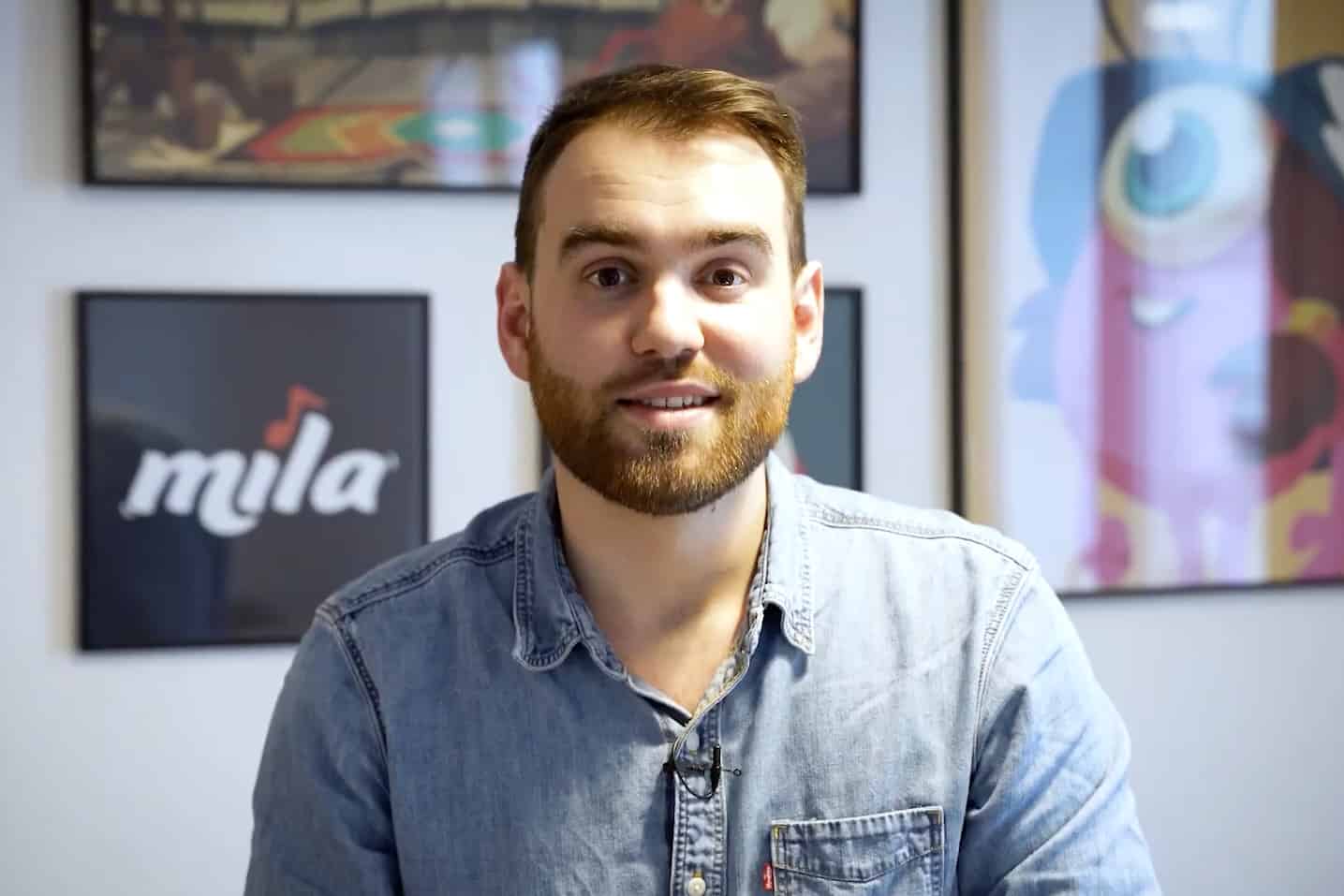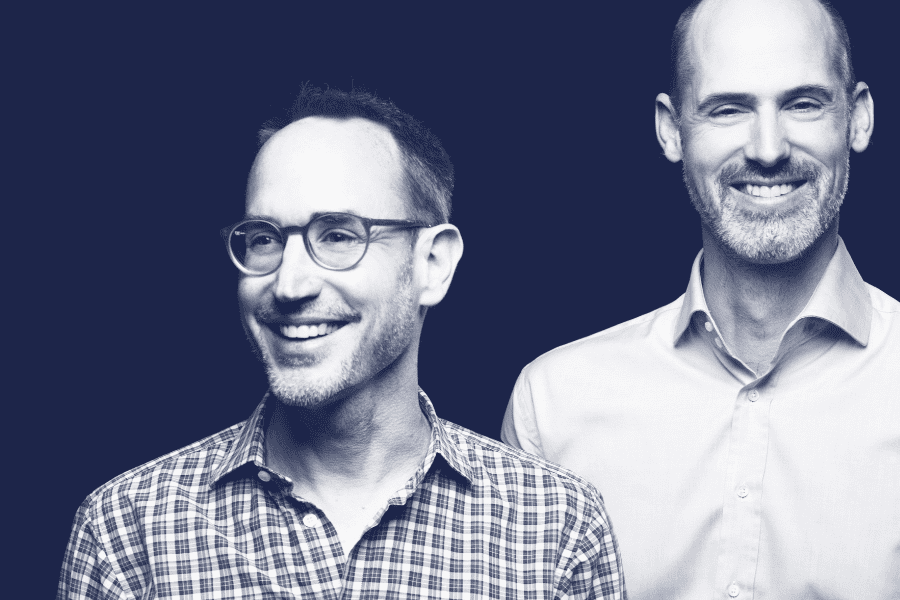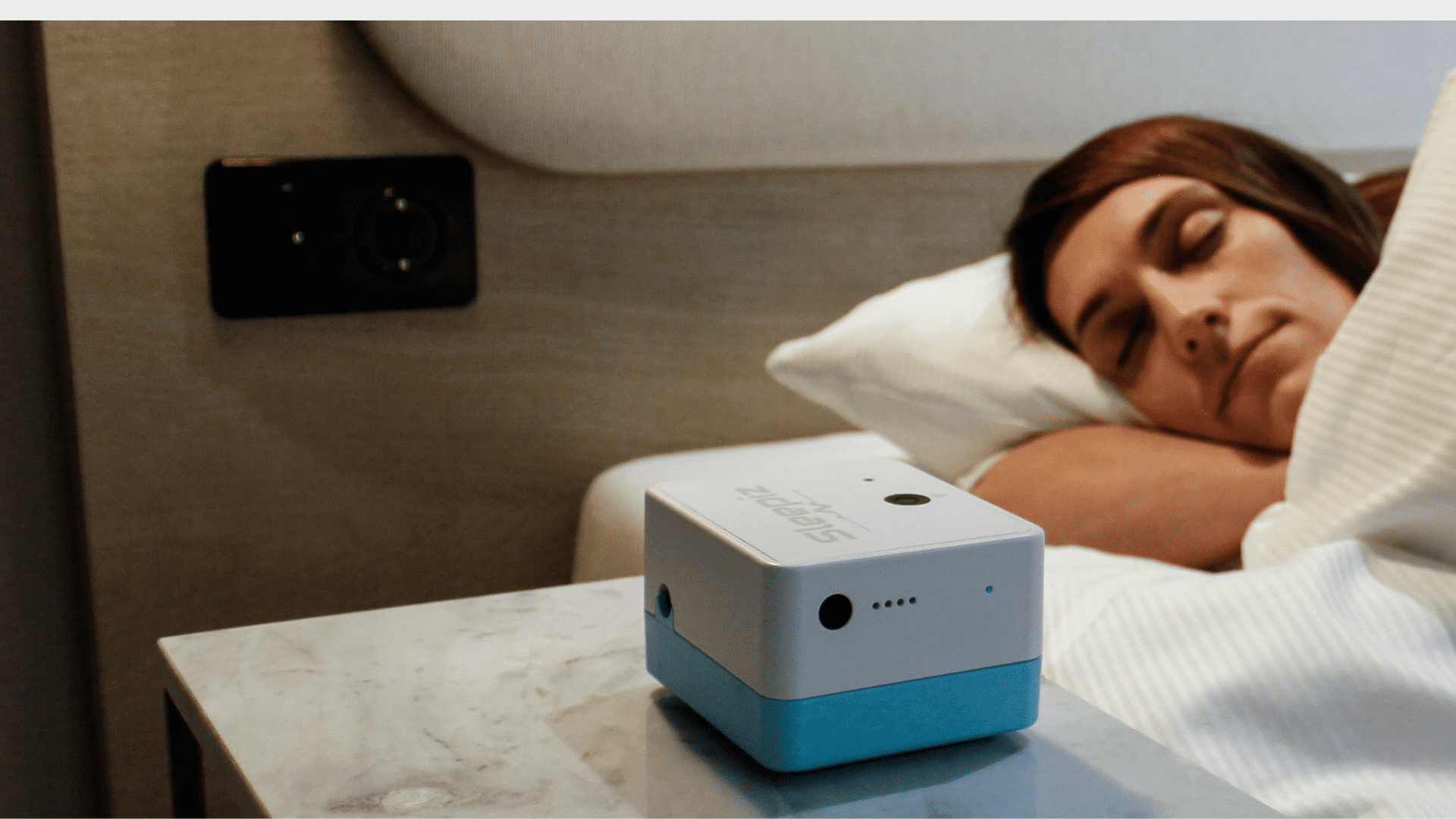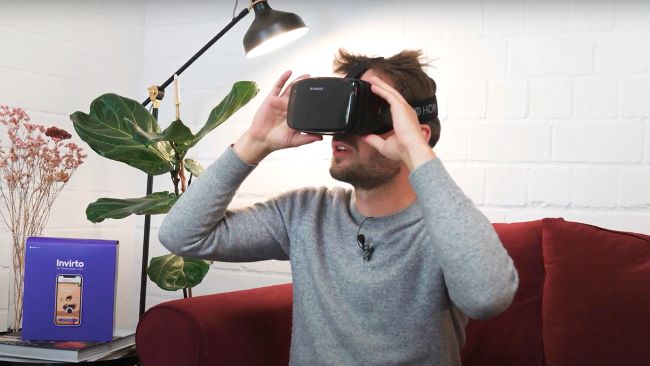Neurodevelopmental disorders that hinder children’s ability to read, write and perform calculations affect 250 million children worldwide. Left untreated, these disorders persist into adolescence and adulthood, leading to unemployment and serious mental health issues. Can the emerging field of digital therapeutics offer a solution? We talked to the CEO of Mila, François Vonthron, to find out.

CEO and Co-Founder, Mila
François Vonthron is the CEO and Co-Founder of Mila. He graduated from the Conservatory of Music in Nantes before pursuing a career in data science with a master in engineering from ENSTA and a master in technological innovation and entrepreneurship from Ecole Polytechnique and UC Berkeley. He conducted research in acoustics during which he worked on the relationship between music and cognitive development in children. Mila is based on his research. François appeared on Forbes France’s 30 under 30 list for entrepreneurs in 2021.
How big of an issue are neurodevelopmental disorders such as dyslexia (impairment in reading), dysorthographia (impairment in writing) and dyscalculia (impairment in mathematics and logical skills) globally?
They affect 8 to 15% of school age children. They’re some of the most prevalent neurodevelopmental disorders in children and they’re characterized by underdevelopment of the brain, in an area called the arcuate fasciculus. This has a direct impact on children’s ability to read, write and develop phonological awareness. It’s not just a clinical condition, but also an educational issue. Studies have shown that children with such learning impairments have a three times higher chance to drop out of high school. 60% of them also experience harassment in school. So it’s a big topic not only medically, but also a broader social one.
What does this kind of diagnosis mean for parents?
Usually, it means they will have to wait and wait, sometimes 6 to 18 months until their child can see a speech therapist. When you have a child aged 6-7 with a learning disability, waiting for more than a year is just not acceptable. And that’s a big problem, when you don’t have access to professionals. They wind up relying on advice from the internet because that’s the only source of ready-available information. But it’s not enough. And even when they finally manage to reach a therapist, the first one available can be sometimes 50 km away. That means parents need to take time off from work and some even give up full-time employment to help their children with their therapy. They shouldn’t have to do that.
What is the public awareness around these issues?
I think dyslexia has become pretty common knowledge. In California in the US for example, they’ve had a law since 2016 that raises awareness about dyslexia and makes it mandatory for schools to provide appropriate resources for kids who suffer from it. But dyslexia is not the only learning disability. There is dyspraxia, a physical coordination disorder, dysphasia which is a language disorder or attention-deficit hyperactivity disorder (ADHD), another well-known neurodevelopmental disorder. Very often, all these disorders are linked to each other. If a child has dyslexia, he or she has a 40% chance of also having ADHD, a 30% chance of a language disorder and a 22% chance of dyspraxia. There are so many comorbidities that it’s hard to think of dyslexia as a single disorder and I think this is something there is not much awareness about.
Mila Learn may look like a typical game at first glance, but it’s classified as a therapy. What is the science behind it? How does it work?
We’ve packaged it as a game to grab kids’ attention. The rehabilitation tool itself is not the game, but the technology behind it which is based on scientific research. Our therapy targets the specific white matter bundle called the arcuate fasciculus which is responsible for connecting the auditory and sensory-motor areas. The beauty of music is that the same white matter pathway processes both sounds from speech and rhythm in music. We have over 20 years of research on these rhythmic auditory stimulation technologies that have been progressively consolidated to isolate the elements and form a training protocol that has a direct impact on phonological awareness.
When we started in 2016, we had two amazing results from Pr. Habib, an eminent French neurologist specializing in dyslexia. The first one was from a functional magnetic resonance imaging (fMRI) study which showed how the arcuate fasciculus was growing directly through rhythmic training. The second was the registered impact on phonological awareness and reading skills.

Invest in Startups
As one of Europe’s most active venture capital investors, we grant qualified private investors access to top-tier European startups. With investments starting at EUR/CHF 10’000, you can build your own tailored portfolio over time and diversify across stages and sectors.
How effective is Mila?
We’ve engaged 6500 children and demonstrated that we successfully transferred the scientific results from our past studies into the game. We also showed that the kids who have dyslexia and ADHD and used our therapy 3-4 times a week progressed much faster than those that didn’t. More importantly, results from our latest phase 3 clinical study in collaboration with the Pitié-Salpêtrière hospital will be announced at the end of the year. This study used double blind randomized placebo-controlled trials, according to the best standards of the health authority in France.
You could have taken a business to client direct approach, but you decided to pursue reimbursement in France. Why is that?
We believe very strongly in accessibility and equity in healthcare. We chose reimbursement as a pathway to build accessibility. At the same time, France is about to announce its scheme for reimbursing digital therapeutics which will follow the example of Germany’s Digital Health Applications (DiGA) scheme. Mila already has a very strong case for approval. I feel like it’s the perfect time to be in digital health.
How will this reimbursement scheme work?
In France, there is a distinction between what is called remote therapeutic monitoring and digital therapeutics which are interventional. As of mid- March this year, remote monitoring solutions are reimbursed. The digital therapeutics scheme will reimburse any digital medical devices that have demonstrated their clinical impact. They will first have access to one-year preliminary reimbursement and can then be granted permanent reimbursement status. The scheme is expected to be launched in the coming weeks or months. Mila is well on its way to meeting the requirements of the scheme. We have a last clinical trial to run which will be launched in September 2023. We target to be reimbursed by September 2024.
You’ve already signed some partnerships with insurance companies in France. Why do these insurance companies want to work with Mila?
There are two main reasons for this. The first one is differentiation. There is a huge competition between insurers to provide base services for members. Pediatric services in particular can have a big impact on the retention of their members which is why choosing to offer Mila can help them differentiate themselves from others. The second reason is one we are working together with insurers to prove, namely that Mila can have an economic impact on their reimbursement for therapies. By using Mila as a preventive tool, it can reduce therapy costs in the long term.
The second market you want to enter is the US. How does it differ from France?
Dyslexia is not seen as a neurodevelopmental condition in the US, but rather as an educational one so I think our main challenge will be overcoming cultural differences. In the US, because the health system is different, we also won’t have access to reimbursement so we will mainly partner with diagnostic providers, to offer our product as a therapeutic solution after diagnosis.
What lies ahead for Mila?
We’re moving along pretty well on the clinical research for other pathologies. We are lucky to have amazing people on board from France, Canada and the US and we are all working towards a solution that will address not only dyslexia, dyscalculia and dysorthographia, but also ADHD, stuttering and dyspraxia. Our end goal is to build a platform for all pediatric neurodevelopmental disorders and become a trusted partner for parents.
Written by
WITH US, YOU CANCO-INVEST IN DEEP TECH STARTUPS

Verve's investor network
With annual investments of EUR 60-70 mio, we belong to the top 10% most active startup investors in Europe. We therefore get you into competitive financing rounds alongside other world-class venture capital funds.
We empower you to build your individual portfolio.
More News
05.10.2022
“French health startups are in a very good position”
Caroline Sai leads Angels Santé, Europe’s biggest health-focused business angel club. In this interview, she tells us which topics in health are hot right now, and which are not.
13.09.2022
“We want to democratize the sleep industry”
Over 1 billion people globally suffer from sleep apnea and chronic respiratory diseases. To get diagnosed in a sleep clinic, patients face waiting times of more than 8 months and high costs. The outdated technology also makes long-term monitoring difficult. In this interview, Sleepiz CEO Soumya Dash tells us the story of how he decided to apply his knowledge in wireless signal analysis to the field of sleep, enabling a faster diagnosis of sleep and respiratory disorders and wider access to sleep data for all.
28.06.2022
Sympatient is building the first digital anxiety clinic
When startups want to raise money, they can choose between different options. The most commonly used instrument is equity, but other sources of financing such as debt, grants, SAFEs and convertible loans are frequent, too. This article explains what investors need to know about convertible loans, the most common financing form besides equity.
Startups,Innovation andVenture Capital
Sign up to receive our weekly newsletter and learn about investing in technologies that are changing the world.




